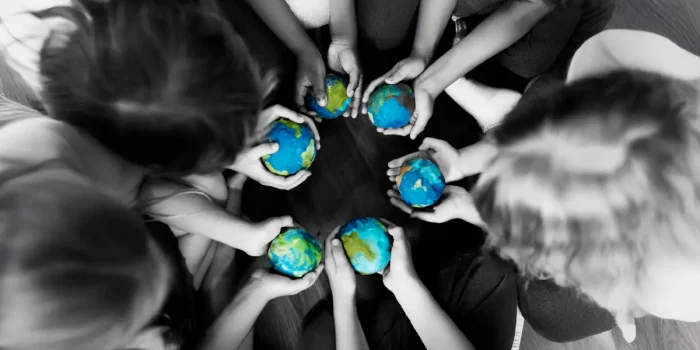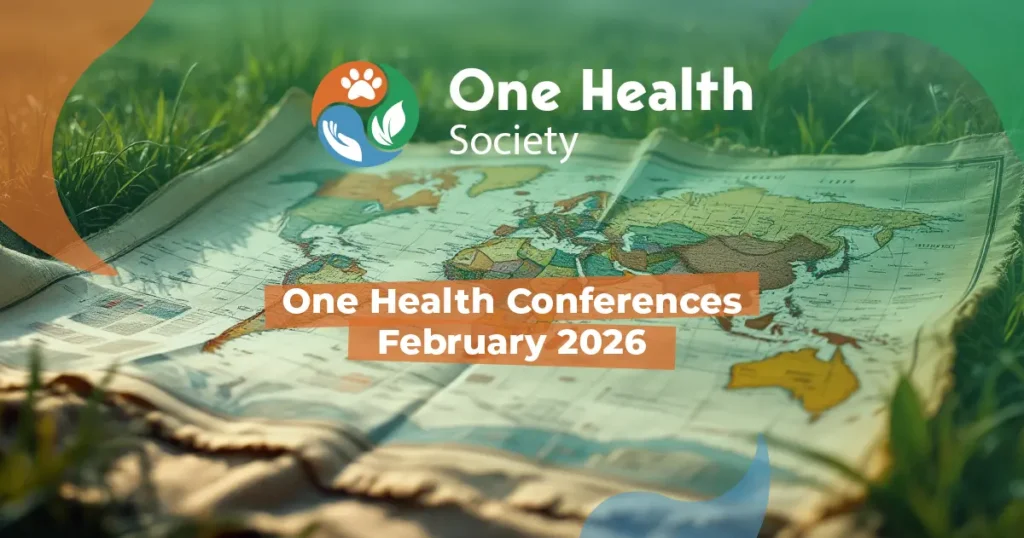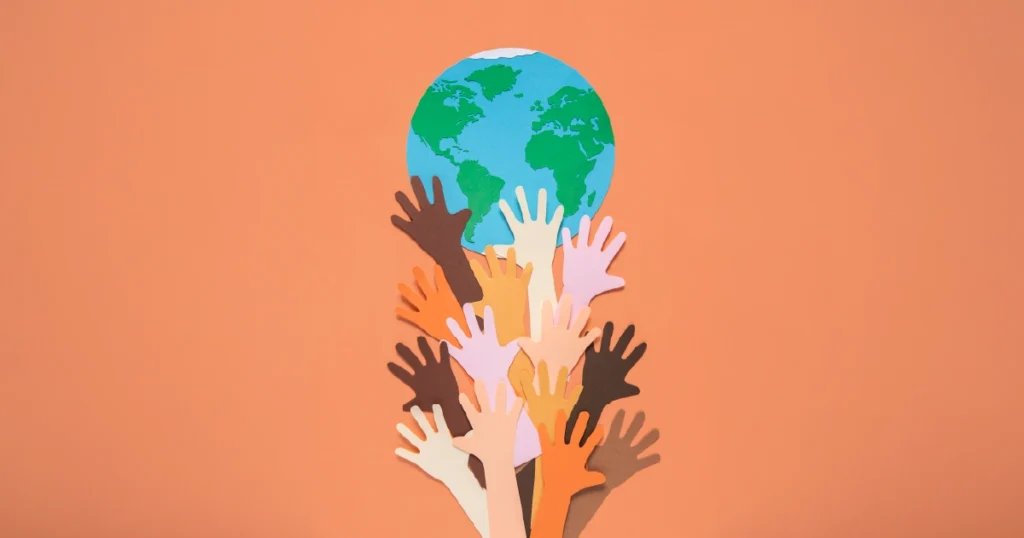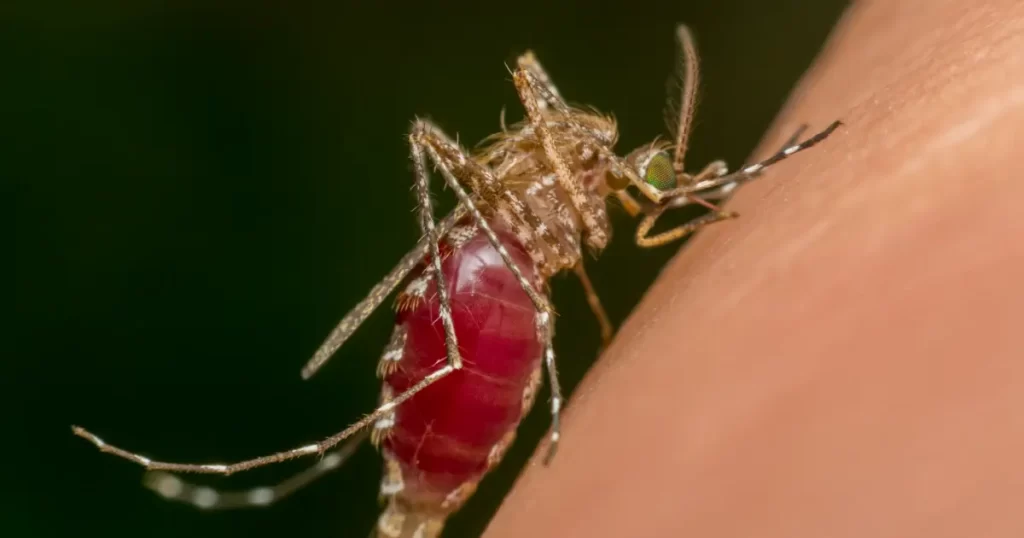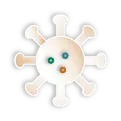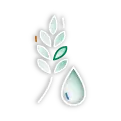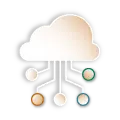Introduction
A child clutches her goat as floodwaters rush into her village. A nurse in Gaza sterilizes surgical tools beside a broken window. In Somalia, a family’s only source of income—a small herd of camels—is lost to drought.
On August 19, we observe World Humanitarian Day—a time to honor frontline aid workers and the global health networks that serve communities in crisis. Central to this mission are humanitarian health systems—the emergency frameworks that respond to armed conflict, mass displacement, disease outbreaks, and climate-driven disasters. But as global health threats grow more complex and interconnected, these systems must evolve.
How can One Health in crisis response help us build smarter, more resilient systems that protect both people and the planet?
The Evolution of Humanitarian Health Systems
Traditionally, humanitarian health focused on urgent, life-saving interventions: trauma care, maternal health, outbreak containment, and water and sanitation. However, over the last two decades, their role has expanded. Humanitarian actors now prioritize continuity of care, integration with local systems, and long-term health infrastructure, especially in protracted emergencies.
Organizations like Médecins Sans Frontières (MSF) have led this shift through mobile clinics, chronic disease management, and cross-sector training programs that support both immediate needs and system strengthening [3]. Technology has also become a key enabler—digital tools, solar-powered cold chains, and portable labs extend care into remote, unstable regions.
The Power of One Health in Crisis Response
The One Health concept acknowledges that health is shaped by the interconnectedness of people, animals, and the environment. In crisis zones—where displaced people often live with animals and face degraded surroundings—this approach is critical.
Key Intersections Include:
- Zoonotic Disease Control Over 60% of emerging infectious diseases in humans originate in animals [1].
In crowded settlements, the risk of zoonotic spillover increases. Cross-sector surveillance helps catch outbreaks early. - Water and Sanitation Contaminated water and poor sanitation—often exacerbated by livestock presence and overcrowding—can trigger cholera or typhoid. One Health coordination mitigates these threats [4].
- Mental Health and Livelihoods Livestock provides food, income, and emotional stability. Protecting animal health helps communities recover economically and psychologically.
- Environmental Hazards and Vector Control Deforestation, stagnant water, and poor waste disposal increase the spread of mosquito- and rodent-borne diseases. One Health helps mitigate these environmental drivers through ecological sanitation and community-based solutions.
Barriers to Implementation
Despite its promise, applying One Health in humanitarian settings faces challenges:
- Institutional Silos Public health, veterinary care, and environmental services are often split across agencies with separate mandates and funding.
- Short-Term Humanitarian Cycles Emergency funding is often project-based, limiting long-term investments in infrastructure or workforce development.
- Capacity Gaps Many responders lack training in zoonoses, animal care, or environmental risk management.
Still, progress is underway. Joint outbreak teams increasingly include veterinarians and ecologists, while integrated data platforms allow for more holistic response coordination [2].
Strategies for Stronger, Smarter Systems
- Embed One Health Experts in Emergency Teams Include veterinarians, environmental engineers, and epidemiologists in rapid response units from day one.
- Promote Cross-Sector Training Equip health workers with basic knowledge of zoonotic risks, animal care, and environmental safety.
- Invest in Integrated Infrastructure Build shared water, sanitation, and shelter systems that serve both people and animals.
- Empower Local Communities Collaborate with residents—especially women, youth, and Indigenous leaders—to design interventions rooted in lived experience.
Conclusion
World Humanitarian Day is more than a time to honor courage—it’s a moment to reimagine how we protect lives under pressure.
Humanitarian health systems must reflect reality: that health doesn’t exist in silos. People, animals, and ecosystems are connected—and so must our responses be.
By embracing One Health in crisis response, we build smarter, more inclusive, and more resilient systems—ones that not only save lives, but help rebuild them.
References
- Mackenzie, J. S. & Jeggo, M. (2019) The One Health Approach—Why Is It So Important? Tropical Medicine and Infectious Disease, 4(2), 88. https://doi.org/10.3390/tropicalmed4020088
- ScienceDirect (2025) Research on Health in Humanitarian Settings. Available at: https://www.sciencedirect.com/science/article/abs/pii/
S0033350624000751 - Médecins Sans Frontières (2023) International Activity Report 2023. https://www.msf.org/international-activity-report-2023
- UNICEF (2022) WASH in Humanitarian Action for Children. https://www.unicef.org/documents/unicef-wash-humanitarian-action-children-2022

